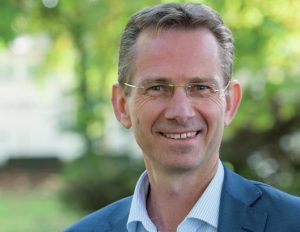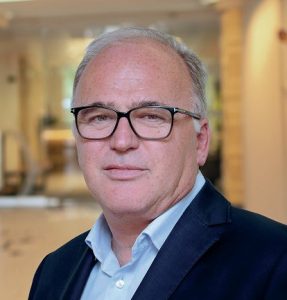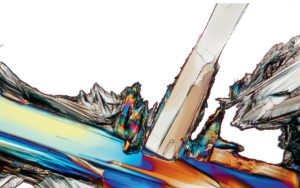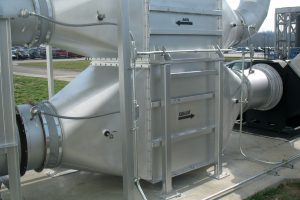
People
Nadja Håkansson became thyssenkrupp Uhde’s new CEO on 1st May.

Nadja Håkansson became thyssenkrupp Uhde’s new CEO on 1st May.
Nitrogen+Syngas’s annual listing of new ammonia, urea, nitric acid and ammonium nitrate plants.

Nitrogen magazine, as it originally began life in It has been a tough few years for the European nitrogen industry, and between covid, gas price spikes and Russian sanctions, not all companies have weathered the storm. Now that the initial shock of the sky-high ammonia prices that the closure of the Black Sea and the cutting off of almost 40% of Europe’s gas supplies has passed, and the world gas and ammonia markets have largely adjusted to the new reality, prices are coming back down. But it seems that in its wake it may leave quite a different European nitrogen industry from the one that existed in 2019.

We look at current progress towards the greater use of recovered phosphorus, and whether there are lessons to learn from the success of the fast-growing carbon capture industry. We also highlight two pioneering European companies, EasyMining and Glatt, who are racing to bringing recovered phosphorus products to market.

Biostimulants are emerging as mainstream products with major fertilizer producers – including Yara, Mosaic, Fertiberia and ICL – launching their own biostimulant lines and expanding production capabilities. Smaller innovative companies, meanwhile, such as Azotic and Fyteko, remain the mainstays of the sector and are continuing to being new products to market. Other players such as Den Nouden/GrowSolutions are targeting the expansion of organic fertilizers.

Leo Alders , the CEO of LAT Nitrogen, is the new president of Fertilizers Europe. He was elected with immediate effect at an extraordinary general assembly on 5th December last year.

Phospholutions, Inc., a sustainable fertilizer company headquartered in the United States, recently launched its flagship technology, RhizoSorb ® , to improve phosphorus fertilizer efficiency.

Specialty fertilizer products represent a small volume, high value segment of the overall fertilizer market that’s been growing at around four percent per annum in recent years. Economic, environmental, regulatory and agronomic imperatives are driving up their adoption – and an overall shift from volume to value in the fertilizer market.

Waste heat recovery in the potash industry is now possible thanks to the availability or robust and reliable heat pipe heat exchangers (HPHEs). Igor Makarenko , Solex Thermal Science, explains how HPHE technology can help potash producers reduce their primary energy consumption and cut their CO 2 emissions.

We review potash mining and mineral processing methods. Advances in equipment technology and major project investments are highlighted.